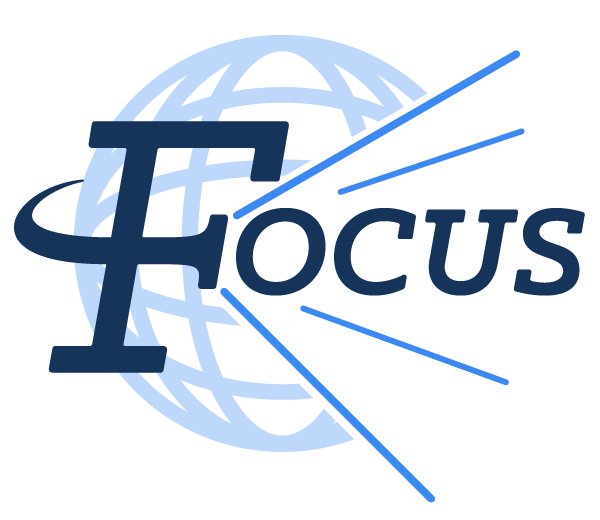
Aaron Zatorsky
PPG
Investigating Rotary Atomization for Material & Process Improvements
Abstract
In 2014, the automotive industry spray-applied over 60 million gallons of paint in the U. S. during production of new vehicles. While a variety of application processes exist, much of this paint was applied via electrostatic rotary bell atomizers. Commonly used bells are capable of applying paint at 20% higher throughput compared to traditional gun atomizers. In these systems, desirable atomization, which controls paint appearance and the frequency of defects such as solvent pop and paint sag, suffers when particular changes to the process are made such as increased fluid delivery rate. To improve on this performance, new fundamental understanding of the relationships between fluid material properties, the atomization process, and the quality and performance of the resulting sprays is needed.
By leveraging a variety of channels including in-house characterization capabilities and external collaborations, PPG is advancing understanding in this high value space. With this information, new coatings that perform well at higher flow rates can be developed to increase productivity and reduce operating costs. An in-depth understanding of coating atomization processes reveals key insights into the factors controlling coating properties such as color control and improved appearance, and how process variables can be controlled to improve transfer efficiency and first run capability. These improvements can deliver significant energy savings and enhance manufacturing competitiveness.
Biography
Aaron attended Penn State in 2010 majoring with a B.S. in Chemical Engineering and a minor in Environmental Engineering. After completing a co-op assignment at a major chemical manufacturing facility, he elected to pursue a research role with PPG in Pittsburgh, PA. Over the last 5 years at PPG, Aaron has focused on the science of paint application to drive fundamental understandings into the relationships between paint properties and applications processes which impact coating performance.
